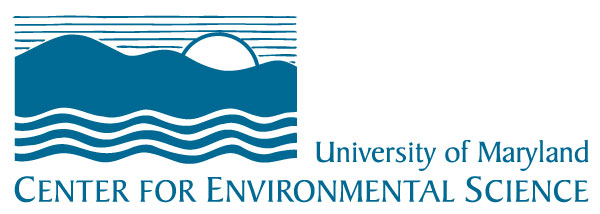Accepting the role of Interim President of the University of Maryland Center for Environmental Science
Bill Dennison ·On 27 April 2023, University System of Maryland Jay Perman announced that I would be serving as Interim President of the University of Maryland Center for Environmental Science (UMCES) at an event held at the Institute of Marine and Environmental Science in Baltimore, MD. Following the Chancellor’s announcement, I made the following remarks:
Thank you Chancellor Perman. It is an honor and a privilege to serve the University System of Maryland and the people of Maryland in this interim role at UMCES. Thank you for this opportunity.

It has been nearly 100 years when the Chesapeake Biological Laboratory in Solomons, MD was formed, and since that time, UMCES has grown to be globally eminent, while always maintaining local relevance. It is quite amazing that there have only been 6 leaders of UMCES over this time span, and I have been fortunate to work for 3 of these extraordinary leaders. Honestly, I have never aspired to be President of a university, even a university as exceptional as UMCES. I felt that I could do more for our beloved Chesapeake Bay in what has been a dream job—leading our vibrant team of talented Science Integrators and Science Communicators in the Integration and Application Network.

But with the retirement of President Goodwin and the vision that Peter has advocated for an UMCES Collaboratory, I feel that I can help maintain our momentum as we search for a new President. Our vision of the UMCES Collaboratory is to have scientists access and analyze big data sets, and combine this with effective stakeholder facilitation and science communication, which will allow us to tackle the pressing environmental problems of the planet. This is an exciting initiative that will bring new voices into the realm of environmental issues, create new lasting partnerships within academia, but also in the NGO, governmental and business communities. And our scientists working with stakeholders will build new powerful tools.
As we track the dolphins returning to Chesapeake Bay and watch our aquatic grasses rebound as the nutrient diet takes hold, we can be proud of our Chesapeake Bay restoration efforts that began in 1983, forty years ago. While we do need to accelerate our pace of restoration, as we are falling short of the ambitious targets that we set for 2025, there is evidence that we are on the road to recovery. But when it comes to dealing with climate change, we do not have 40 years to start making progress. We need to build on the partnerships and use the tools that we have created for Bay restoration to fast track our response to the climate challenge. This is why we critically need the Collaboratory.

One of the reasons that I can step back from the Integration and Application Network is that I am assured that IAN is in the capable hands of Dr. Heath Kelsey. In addition, the other unit directors of the four research laboratories and MD SeaGrant have the proven ability to lead our scientists in the many avenues that they are excelling. For example, our scientists are developing sustainable agriculture and sustainable aquaculture practices, helping minimize impacts of wind energy production in the mountains and the coastal ocean, learning how we can minimize the impacts of climate change, particularly sea level rise, and improving our ability to train the workforce of the future with the recent establishment of new partnerships with USM institutions and our new Office of Professional Studies.
Another reason that I am confident that UMCES can continue to maintain our momentum with these transitions is our nationally and internationally renowned faculty. In Maryland, UMCES faculty are working from the headwaters of Chesapeake Bay to the coastal ocean, including nearly 100 years of research on our iconic Chesapeake Bay. UMCES faculty also conduct research on literally every continent and in every ocean on the planet. We are fortunate in having exceptional graduate students who conduct cutting edge research, and we provide the training necessary for them to become tomorrow’s leaders; they are faculty, deans and directors in academia, they hold leadership posts in government agencies and NGOs and they start their own businesses. They even go into outer space and into inner space of the ocean. Our key members in the research enterprise are the faculty research assistants and postdoctoral researchers who are at the forefront of scientific discovery, integration and application. The unsung heroes of the research enterprise are the staff who labor tirelessly to provide the services necessary for a fully functioning research university. It is these people of UMCES who allow us to make meaningful contributions to Maryland and beyond.
I look forward to this next exciting chapter of UMCES and want to thank Vice Chancellor Michele Masucci and Chancellor Jay Perman for their vote of confidence in the future of UMCES.

About the author
Bill Dennison

Dr. Bill Dennison is a Professor of Marine Science and Vice President for Science Application at the University of Maryland Center for Environmental Science.

